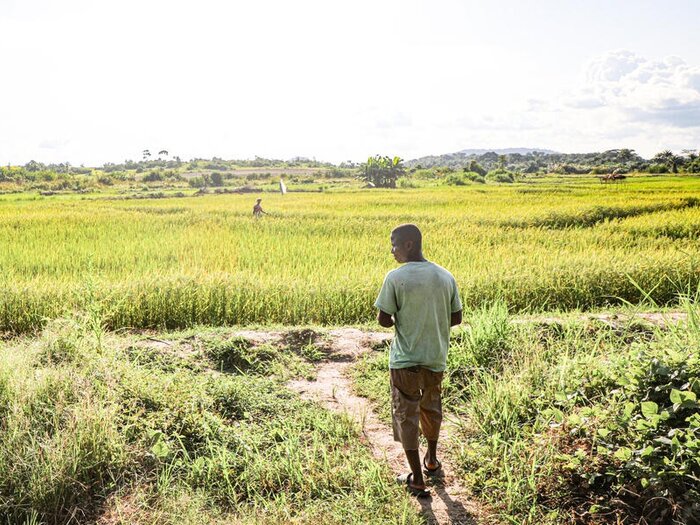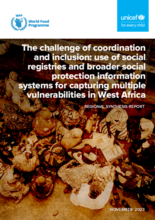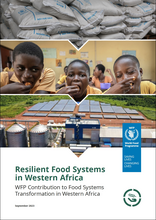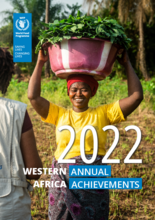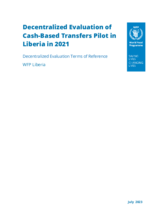Liberia
- 51%
- of people live on less than US$1.00 a day
- 47%
- of the population are food insecure
- 5.2 million
- population
Liberia has made significant development strides over the last decade, trying to reduce poverty and expand basic service delivery to its population, and transitioning from one democratically elected Government to another. Despite these gains, food insecurity and malnutrition are still a major concern across the country. In August 2022, the Liberia Food Security, Nutrition, Livelihoods and Markets Assessment found 2.2 million Liberians are food insecure, representing 47% of the total households; Out of which 39% are moderately food insecure and 8% are severely food insecure. Furthermore, the study found out that malnutrition in children under 5 years of age remains a concern with highest Global Acute Malnutrition (GAM) rate in Urban Montserrado (26.6%), followed by Bomi (22.4%), and Grand Cape Mount (22.2%).
An estimated 416,000 people require urgent food assistance. These severely food insecure people are mainly food in counties with the highest food insecurity, especially counties in the south-east. Namely, Maryland, Sinoe, Bong, Lofa, Grand Cape Mount, Grand Kru, Gbarpolu, Grand Gedeh, and RiverGee.
Among the major underlying causes of poverty and food insecurity in Liberia, include high food prices, disruptions in food supply, lack of employment/ livelihood opportunities, currency depreciation, and low level of access to education.
What the World Food Programme is doing in Liberia
-
Resilience building
-
WFP is promoting diet diversification through the production of staple crops (rice, cassava) and vegetables; Increasing the income level of vulnerable families to meet their basic needs; enhancing the knowledge and skills on best agricultural practices from the various hands-on training participants received; reducing post-harvest loss with project support of tools & equipment and the construction of post-harvest management facilities (warehouse, agribusiness centres); supporting financial inclusion by introducing savings practices through Village Savings and Loan Associations (VSLA), which is a sort of saving that allows participants to borrow from their savings to meet their financial needs like school fees, health care including business support to get involve into Income generating activities (IGA).
-
School meals
-
Through the Home-Grown School Feeding Programme (HGSF), WFP is increasing the educational outcome of Schools (enrolment, attendance, retention, attentiveness). In October 2023, WFP conducted a follow-up survey in 52 percent of its total supported schools. The study found out that the average enrolment rate in supported schools has increased by 4% and in some schools of food insecure counties, it has been increased remarkably by more than 30% where seating become challenges due to inadequate furniture. The overall retention rate is 89.7% and overall pass rate is 82%. Additionally, through the HGSF, smallholder farmers benefiting from the programme has enhanced their ability to increase their production and provided economic transformation. More than 5000 smallholder farmers (SHF) now have market to sell their produce which allows them to realize the Benefit of their labour and increase their income level thereby increasing agriculture production and productivity which contributes to the overall food security of the country.
-
Supply chain
-
WFP is also supporting the Government of Liberia through the delivery of essential medical supplies to health facilities and the management of the Central Medical Store. WFP is delivering medicines & health supplies to 13 County depots, 36 hospitals, 136 health centres.

